Dynamic SMS Contents
Estimated reading time: 20 minutes | Target users: Supervisors
In this tutorial, you will learn how to use dynamic content when composing SMS text messages.
In VCC Live, SMS can be sent either in bulk, or triggered based on a disposition saved by an agent. Learn more about these from our user guide about SMS messages and our tutorial about Bulk Text Messaging.
In this tutorial, you will learn:
- About system-default dynamic SMS fields
- Project-specific dynamic SMS fields
- Field elements that can be used in SMS
- How to add dynamic fields to your SMS
- Monitoring sent SMS messages
- Use examples of dynamic SMScontents
1. System Default Dynamic SMS Fields
Once you have created your SMS template as described in our user guide, you can insert dynamic SMS content in your message.
System-default Dynamic SMS Fields are variables that are available in every project. Find them in the top left-hand corner of your screen when composing an SMS template.
Below you can find a list of system-default dynamic SMS fields.
| Field name | SMS editor name | contents | Setup location |
|---|---|---|---|
| Agent | {agent} | Full agent name | VCC Live -> User Management -> Users -> agent -> Default settings: Name |
| Agent email address | {agent.email} | Agent email address | VCC Live -> User Management -> Users -> agent -> Advanced settings pane: Email address |
| Disposition creation time | {createtime} | Time of the disposition that triggered the sending of the SMS, in the following format: YYYY-MM-DD hh:mm:ss |
n/a |
| Callback Date | {next_calldate} | Time of the next scheduled call, in the following format: YYYY-MM-DD hh:mm:ss If no next call time is scheduled, the field returns: 0000-00-00 00:00:00 |
Set manually by the agent, or automatically, based on the Disposition settings in project -> Dispositions -> Default deadline |
| Record ID | {numberid} | Unique ID of the record in the project’s database | n/a, assigned automatically when a record is created |
| Disposition | {disposition_name} | Disposition name saved for triggering sending of the SMS | Set manually by the agent, or via automatic processes |
| Description of Disposition | {disposition_desc} | Additional description for a saved disposition, entered and saved by the agent in the textbox under the Disposition selection box. | For the box to be available in the given Disposition, the Description type must be set to Obligatory or Approved |
| Web chat URL ID | {webchat.record} | The URL ID the client can use to get in touch with an agent via Web Chat and be identified automatically. | Webchat links can be sent to customers via SMS, in order to connect the chat session to a specific client by searching for their phone number in the project’s database. |
| Contact: – Title – Name – Phone number – Email address |
– {contact.title} – {contact.name} – {contact.phone} – {contact.email} |
– Title entered for the contact in the Title field in the Record’s Contacts tab. – Name entered for the contact in the Contact’s Name field in the Record’s Contacts tab. – Phone number entered for the contact in the Phone number field in the Record’s Contacts tab. – Email address entered for the contact in the Email field. |
Entered manually by an agent or imported using database import. Each record can have a maximum of 9 contacts assigned to it. |
| Last name | {agent.custom.lastName} | Specifies an agent’s last name, independent of user information. Available only on request. | VCC Live -> User Management -> Users -> agent-> Custom settings pane: Last Name. Available only after VCC Live Support has been contacted, and the necessary set up has been completed by them. |
| First name | {agent.custom.firstName} | Specifies an agent’s first name, independent of user information. Available only on request. | VCC Live -> User Management -> Users -> agent-> Custom settings pane: First Name. Available only after VCC Live Support has been contacted, and the necessary set up has been completed by them. |
| Skype | {agent.custom.skype} | Specifies an agent’s Skype name, independent of user information. Available only on request. | VCC Live -> User Management -> Users -> agent-> Custom settings pane: Skype. Available only after VCC Live Support has been contacted, and the necessary set up has been completed by them. |
| {agent.custom.facebook} | Specifies an agent’s Facebook account link, independent of user information. Available only on request | VCC Live -> User Management -> Users -> agent-> Custom settings: Facebook. Available only after VCC Live Support has been contacted, and the necessary set up has been completed by them. | |
| {agent.custom.linkedIn} | Specifies an agent’s Linkedin account link, independent of user information. Available only on request | VCC Live -> User Management -> Users -> agent-> Custom settings: Linkedin. Available only after VCC Live Support has been contacted, and the necessary set up has been completed by them. | |
| City | {agent.custom.city} | Specifies the city in which an agent is located.. Useful for big and multinational contact centers. Available only on request | VCC Live -> User Management -> Users -> agent-> Custom settings pane: City. Available only after VCC Live Support has been contacted, and the necessary set up has been completed by them. |
| Country | {agent.custom.country} | Specifies the country in which an agent is located. Useful for big and multinational contact centers. Available only on request | VCC Live -> User Management -> Users -> agent-> Custom settings pane: Country. Available only after VCC Live Support has been contacted, and the necessary set up has been completed by them. |
| Private phone | {agent.custom.privatePhone} | Specifies an agent’s private phone number, independent of user information. Available only on request | VCC Live -> User Management -> Users -> agent-> Custom settings pane: Private phone. Available only after VCC Live Support has been contacted, and the necessary set up has been completed by them. |
| Private email | {agent.custom.privateEmail} | Specifies an agent’s private email address, independent of user information. Available only on request | VCC Live -> User Management -> Users -> agent-> Custom settings pane: Private email. Available only after VCC Live Support has been contacted, and the necessary set up has been completed by them. |
| Company ID | {agent.custom.companyId} | Specifies an agent’s company ID, independent of user information. Useful for contact centers outsourcing agent teams. Available only on request | VCC Live -> User Management -> Users -> agent-> Custom settings pane: Company ID. Available only after VCC Live Support has been contacted, and the necessary set up has been completed by them. |
2. Project-specific Dynamic SMS fields
Project-specific SMS contents are closely related to the Fields section of your project’s Database: the Fields you set up here can be used as dynamic SMS content when composing your text message.
There are 3 types of fields in VCC Live that can be used in your database:
- General fields, which are suitable for containing any text, number, or other character-based information. When used as a dynamic SMS content field, they are inserted as displayed in the database.
- Single parameter fields, suitable for illustrating one parameter at a time. When used as a dynamic SMS content field, they are inserted as displayed in the database.
- Multiple parameter fields, suitable for depicting multiple parameters at the same time. When a field has more than one value assigned, consecutive values are separated by a “|” character and listed in the same order as in your Fields menu, based on their value id.
For disposition-triggered SMS messages or SMS messages that are sent from the agent interface, additional information inserted by an agent in a relevant script field can also be used in the SMS body. In order to avoid sending an empty value, we recommend setting up these important fields as mandatory in the relevant script or datasheet page.
3. Field elements
Whether you choose a General, Single-parameter or Multiple-parameter field, you can use its field elements when composing a message. This means that, when using a field, you can access its subparts and allocate them when composing your SMS. Here are the 4 types of field elements you can use.
Label
This is the text you can see (or edit) in the Label field in Project > Database > Fields > Field settings > Label. This is usually a display name of the database variable, for example, Customer Address for a variable address.
- Its format is shown as {variablename.label}
Value
- It shows the actual value of that variable field for a particular record.
- In the case of General fields, it shows a value that can be imported by either a database import or via API. Additionally, it can be also provided by an agent via the agent script. Example: {name.value} in the SMS body would show the name of the recipient (ie. the full name assigned to a record).
- In the case of Single and Multiple parameter fields, it shows a value that can be imported by either a database import or via API. Additionally, it can be also provided by an agent via the agent script. Available variable values are shown in the Value field – Name column in Project > Database > Fields > Field settings > Values.
- You can edit the value by selecting the row and editing it in the section which appears below. Don’t forget to press ‘Change value’ to save your settings.
- Its format is shown as {variablename.value}
Export Value
This parameter is found only in Single and Multiple parameter fields. If used as a dynamic SMS content, it displays the export value of a field value provided either via the database import or the API. The export value of the related variable can be also chosen by an agent via the agent script. Relevant export values are shown in the Values table – Export value column found in Project > Database > Fields > Field settings > Values.
- You can edit the value by selecting the row and editing it in the section that appears below. Don’t forget to press ‘Change value’ to save your settings.
- Its format is shown as {variablename.export_value}
Value’s description
This parameter is found only in Single and Multiple parameter fields. If used as dynamic SMS content, it displays the description of a field value provided either via the database import or the API. The description value of the related variable can be also chosen by an agent via the agent script. Relevant values’ descriptions are shown in the Values table – Description column found in Project > Database > Fields > Field settings > Values.
- You can edit the value by selecting the row and editing it in the section that appears below. Don’t forget to press ‘Change value’ to save your settings.
- Its format is shown as “{variablename.description}”
4. How to add dynamic fields to your SMS
Once you have created your SMS template as described in our user guide, you can start inserting dynamic SMS content into your message. You can do so by following the steps below:
- Navigate to Project > Channels > SMS, and choose one of your templates.
- On the Message tab, click in the text where you want to insert your dynamic SMS field.
- Click on the curly brackets symbol in the top left-hand corner. A context menu appears, and you can choose the dynamic content you want to use in your template.
- Once you are finished editing your template, don’t forget to press Save.
Note: Alternatively, as you become familiar with dynamic SMS content, you can also type the desired content in your message with { } characters. Eg. {agent.email}
If you want, you can send a test SMS by clicking on Save and send test SMS on the bottom of the screen. However, please note that values of dynamic fields won’t be presented when you send a test SMS, since that message is not related to any particular record.
When using dynamic fields in SMS messages, the length of the message may be longer than you might expect. Specific fields have values that have variable length or insert characters that take up more space than usual.
In order to avoid unexpected charges, you can opt to omit unnecessary text or activate our transliteration feature. Learn more about transliteration in our user guide.
5. Monitoring sent SMS messages
Keeping track of your SMS messages is important for future reference or when tracking a communication thread with one of your customers. Our SMS Log section (Project > Logs and Statistics > SMS log) features an effective filter section, which will help you to find the SMS you are looking for based on a date range, template or direction.
The log contains all SMS sending attempts, so it is possible to check if some of the messages were not sent. As described in our user guide’s transliteration chapter, a message can be divided into several shorter messages, due to encoding and the varying length of dynamic fields. For this reason, the SMS Cost column is especially handy, as it lets you see the actual cost of a sent message, based on the default cost of an SMS message.
To learn more about SMS log contents, check our User Guide about SMS Log.
You can also apply an automated solution and use SMS API to capture all the necessary information about both sent as well as received SMS. If you would like to learn more about Inbound SMS, check our Inbound SMS tutorial.
6.Use examples of dynamic SMS content
Using dynamic SMS content in your SMS campaign takes your business operations to the next level: the possibility of creating templates with these variables and conditions can really customize messages sent by your company and tailor your content to suit your customers.
Let’s take a look at a few possible examples on how your company can use dynamic SMS content.
Sales
An SMS message can be sent to the customer once an agent finishes talking to them, and the customer agrees to have a meeting.
SMS sending can be triggered by a Success disposition, and the message can include, for example, confirmation about the scheduled meeting’s date and time. This information can be either manually entered on the datasheet by the agent while the conversation is taking place, or if a calculation is needed, using a javascript solution.
Example:
Hi Margot, This is Nick from Blue Medi Insurance. Thank you again for reaching out to us. This is just a friendly reminder of our meeting scheduled for 26 June, 2pm. We look forward to seeing you then! Please text us here if you need to reschedule our appointment.
Debt Collection
As an extension of a debt collection project, mass SMS can be sent to your company’s debtors, including details of client debt information and overdue payment deadlines. If an agent cannot reach a debtor, it is also possible to send a single SMS message. This process can be automated, so an Unreached disposition triggers the sending of an SMS message to your debtor.
Customer Care
Sending an SMS message is an important part of the Customer Care process, as it can be used to follow up on a phone conversation between a customer and an agent. The message can include details of the next steps the customer needs to take in order to solve a problem, with variables including the name of the customer’s project or their company details. For future reference, this message can also include the Support issue number, which is a verification ID for both the customer and your company.
Related articles
There's always more to learn. Discover similar features by visiting related articles:
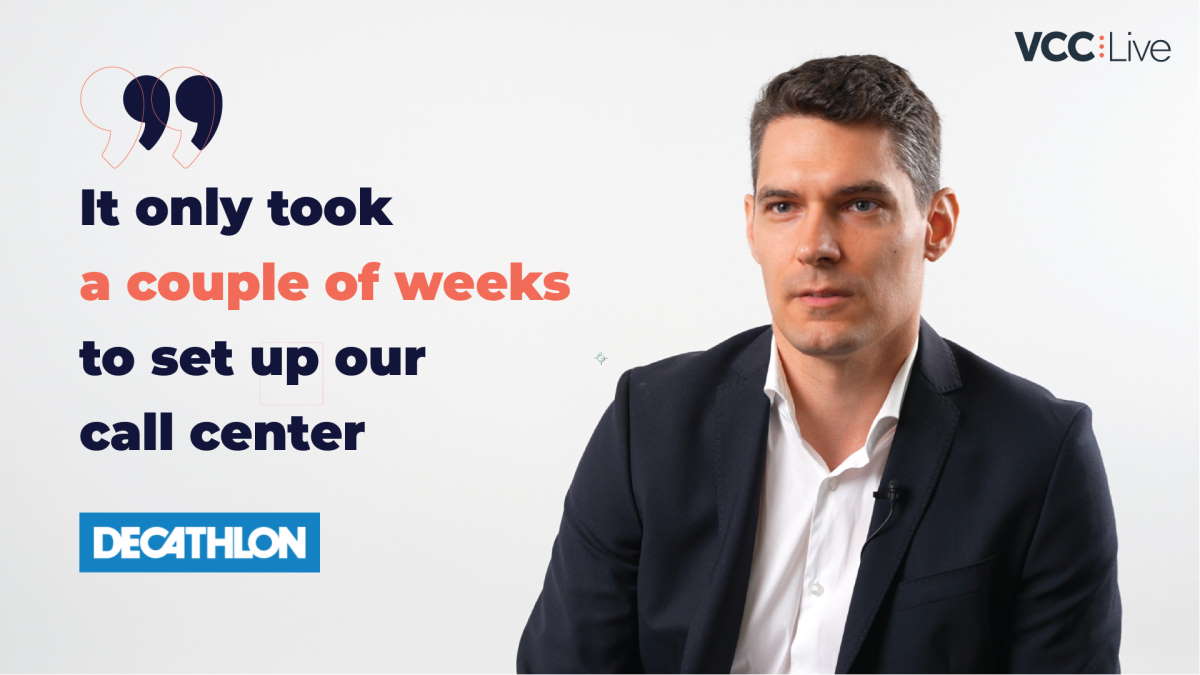
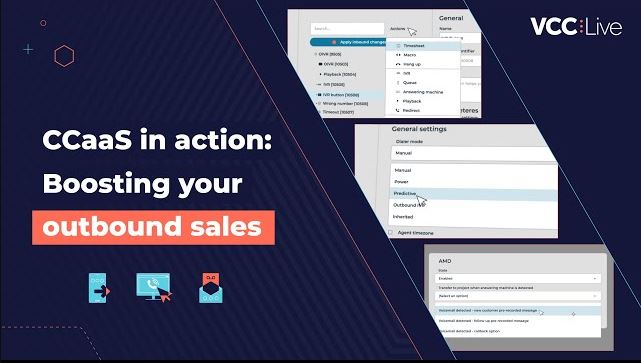
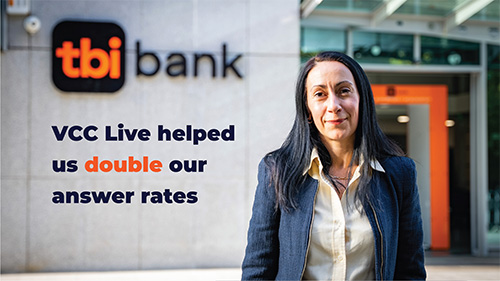
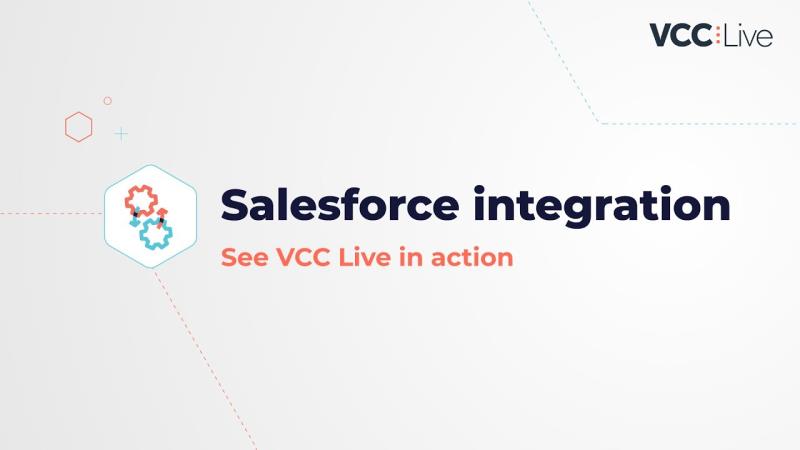
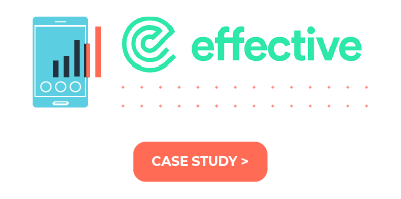
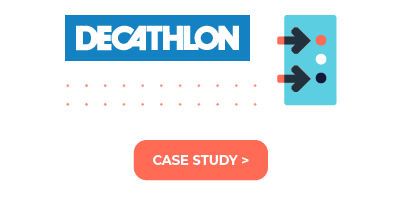
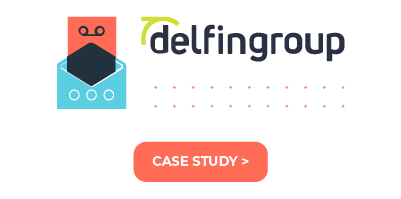
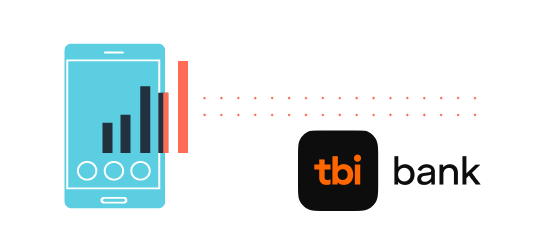
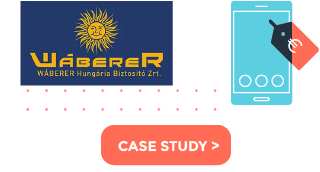
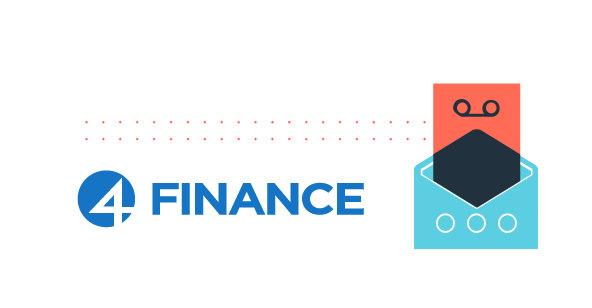


Comments
Can’t find what you need? Use the comment section below to connect with others, get answers from our experts, or share your ideas with us.
There are no comments yet.